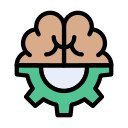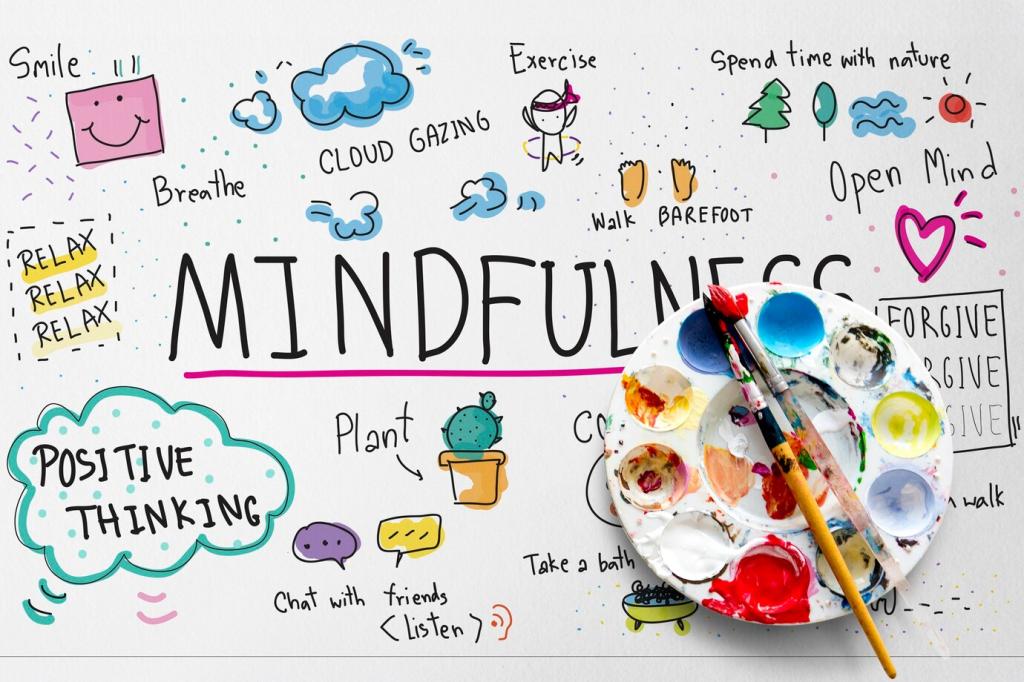Breathwork as a Biochemical Switch
Longer exhales increase parasympathetic tone, nudging the body toward safety. In yoga, ujjayi and counted breathing make this repeatable. Try four counts in, six out for five minutes. Notice jaw tension melting, shoulders lowering, and tell us whether your mind follows your breath.
Breathwork as a Biochemical Switch
A bit more CO2 in the blood can reduce over-breathing and panic spirals. Gentle breath holds after exhale train tolerance safely. Start tiny: pause one or two seconds after an exhale, then release. Journal the sensations and share tips that helped you stay curious, not afraid.







